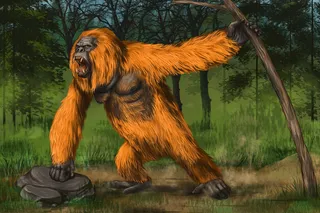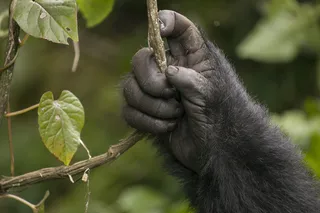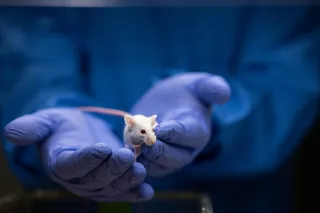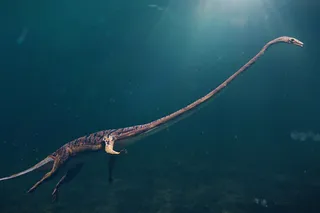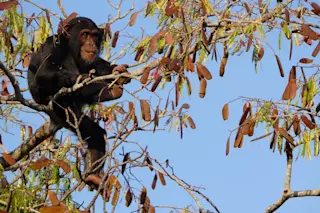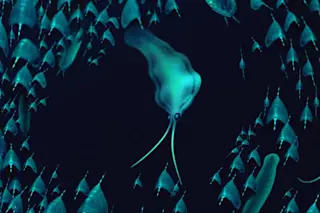Our first question upon hearing that someone has a new baby is usually "Is it a boy or a girl?" But our first question upon hearing that someone has gotten a new puppy is more often "What breed is it?" Breed is at the heart of how we perceive dogs. It affects many of our expectations of them - energy level, intelligence, friendliness - for better or for worse. With mutts, however, our urge to make breed-based assumptions can be stymied by the lack of a known breed to which to attach those assumptions. And so when you have a mutt (as I do), you learn to play the "what is it?" game. Some people guess, some people make up clever names (I have a Golden Collie, or sometimes a Border Retriever) - and some people have their dog genetically tested to determine its ancestry. A new project, MuttMix , ...
A new citizen science project for dog lovers. MuttMix: Can You Guess That Mutt?
Discover how the MuttMix breed calling algorithm can accurately reveal your mixed breed dog's ancestry. Join the fun today!
More on Discover
Stay Curious
SubscribeTo The Magazine
Save up to 40% off the cover price when you subscribe to Discover magazine.
Subscribe

